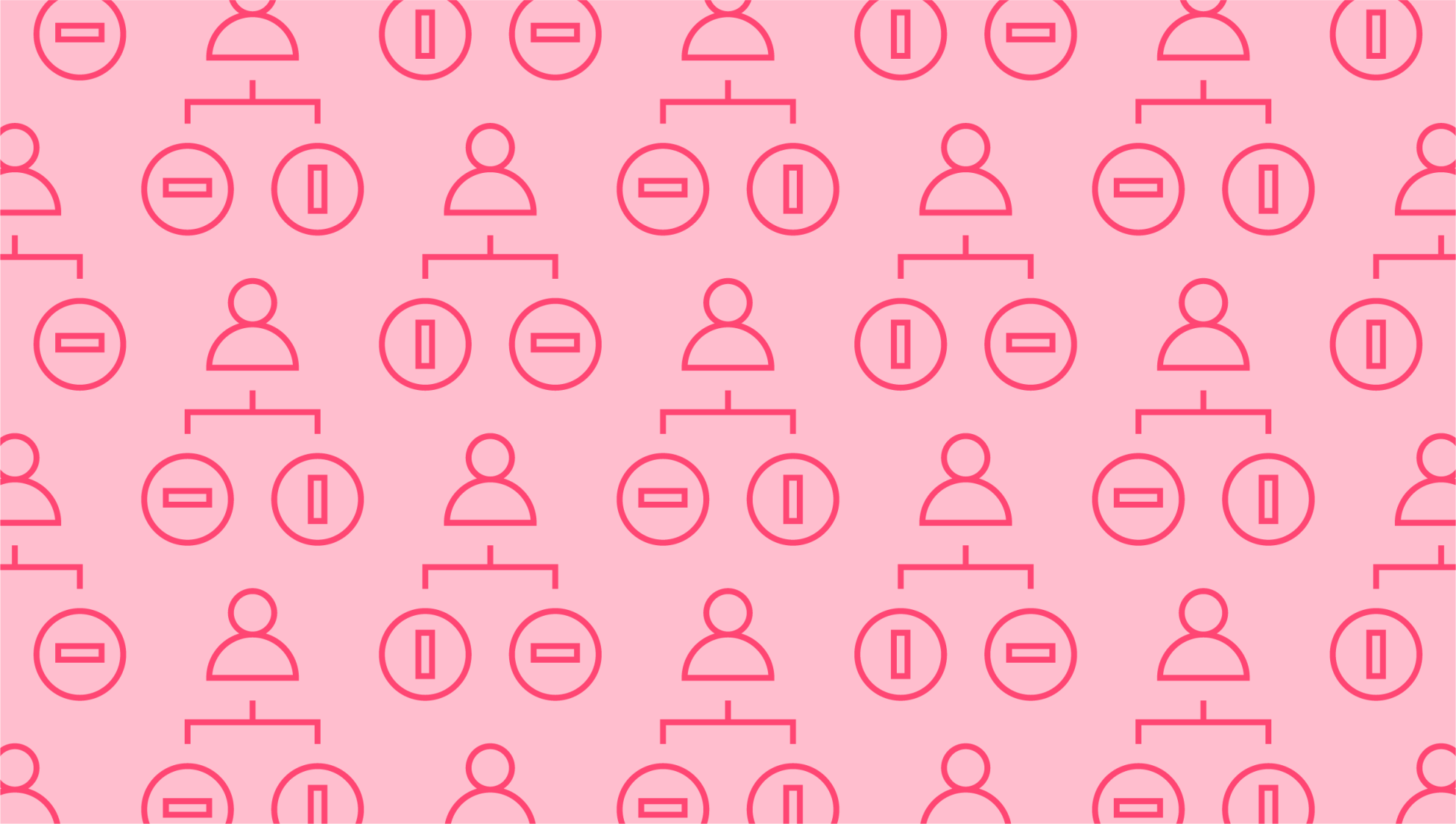Last editedJune 20212 min read
If you travel abroad or make and receive international payments for your business, you’re already well aware how the Australian dollar price can fluctuate. But keeping track of currency rates is also useful for traders. Here’s what to know about Forex trading in Australia, including a handy checklist to keep you on the right track.
What is Forex trading in Australia?
Forex simply stands for foreign exchange, and it’s used when describing the buying and selling of global currencies. When you exchange currency in the airport, this is an example of everyday Forex. Forex trading, on the other hand, describes the investment practice of buying and selling foreign currencies for profit.
The Forex market is the world’s most fast-paced and liquid, open 24 hours to suit all time zones, Monday through Friday. It’s also decentralised, with international banks and investment firms providing access to traders. Trading on the Forex market is straightforward. You simply buy and sell currencies in pairs, whether it’s USD/EUR, GBP/AUD, or other common combinations.
What does Aussie Forex mean?
While ‘Aussie Forex’ is the name of a specific currency exchange service headquartered in Sydney, ‘Aussie’ is also popular slang among traders. In this context, it simply refers to the Australian dollar. An Aussie in Forex market slang can also refer to the currency pair of AUD/USD.
The Aussie is one of the Forex market’s top five most traded currencies, despite only becoming a free-floating currency in 1983. This popularity is due to the country’s rich natural resources or commodities, as well as its ideal geographic position for trade with Asian economies. The Australian dollar is also popular due to the government’s stability and lack of market intervention.
How does currency trading Australia work?
The potential risk and reward of currency trading in Australia is that you’re betting on whether or not the currency you’re purchasing will gain in strength. Within this framework are several types of deals:
Spot market deals are settled immediately using current market rates.
Forward transactions are settled at a future point in time according to a contract.
Futures contracts set out a currency delivery when the contract expires.
To see positive returns, investors need to have a good understanding of foreign currency movements and relationships.
How to create a Forex trader checklist
A Forex trading checklist helps you plan your day, reducing errors and organising your currency exchanges for greater efficiency. While a trading plan looks at the bigger picture, the purpose of a checklist is to execute all the smaller details with perfect precision.
1. Start your day with a rundown of economic news.
We’ve mentioned above that an understanding of the markets is key to success with forex trading. Before you set up any trades, the first thing on your checklist is to read the latest news and economic releases. This includes global market movements as well as local news regarding interest rates and inflation.
2. Check the current Australian dollar price.
If you plan to make an Aussie Forex trade, you’ll need to find out the latest prices. What is the Australian dollar worth this morning? How does this compare to the Australian dollar price yesterday? Track movement on a regular basis to pinpoint trends.
3. Check in on commodity prices.
In addition to finding out what is the Australian dollar worth, you should also see how the commodity markets are doing. This is because they are such a major driver of the Australian economy and will have a direct influence on currency rates.
4. Analyse short and long-term trends.
Open your trading software and view the weekly chart to see if there are any definitive trends. You should also look at hourly trends and longer-term price movements. Is the market volatile? Are there any currencies showing significant dips or peaks?
5. Set up your trade.
After going through all your steps and finding out the latest Australian dollar price, you are ready to set up your trades for the day. You can either do this with automated software or access an online brokerage for assistance.
As with any other investment activity, Forex trading involves risk. By doing your research and gaining a greater understanding of the Australian dollar’s strengths and weaknesses, you can make wiser trades over time.
We can help
GoCardless helps you automate payment collection, cutting down on the amount of admin your team needs to deal with when chasing invoices. Find out how GoCardless can help you with ad hoc payments or recurring payments.
